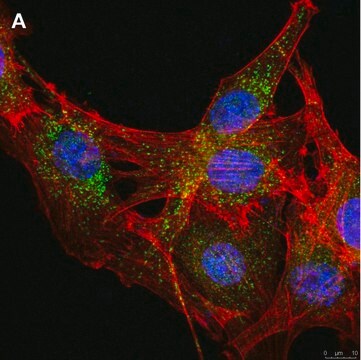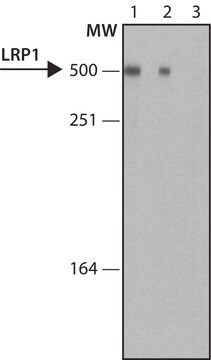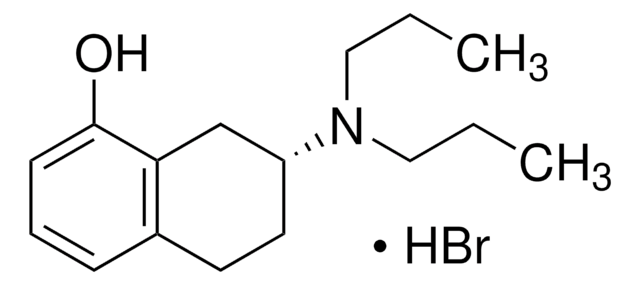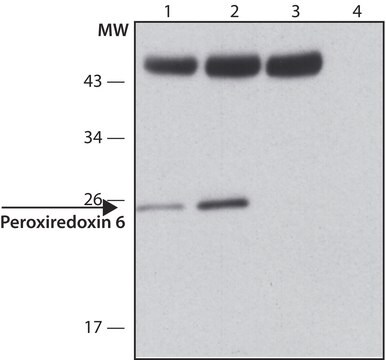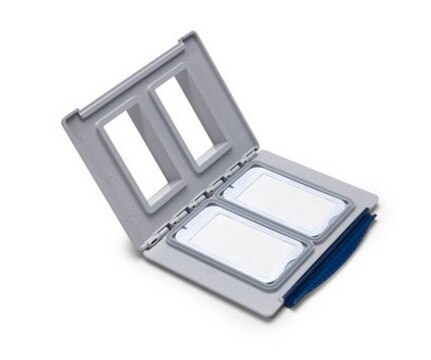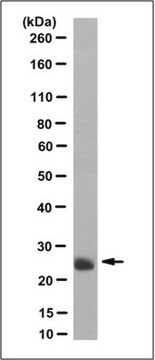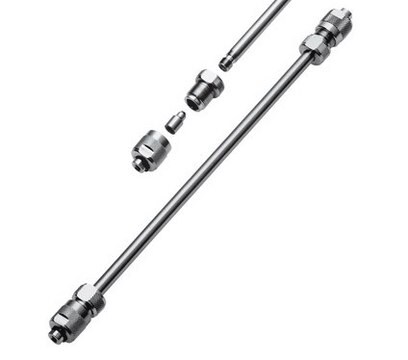MABN1796
Anti-LRP1 Antibody, 85 kDa subunit Antibody, clone 6F8
clone 6F8, from mouse
Synonym(s):
Prolow-density lipoprotein receptor-related protein 1, A2MR, Alpha-2-macroglobulin receptor, APER, Apolipoprotein E receptor, CD19, Low-density lipoprotein receptor-related protein 1 85 kDa subunit, LRP-85
About This Item
Recommended Products
biological source
mouse
Quality Level
antibody form
purified immunoglobulin
antibody product type
primary antibodies
clone
6F8, monoclonal
species reactivity
human, mouse
technique(s)
ELISA: suitable
western blot: suitable
isotype
IgG1κ
NCBI accession no.
shipped in
ambient
target post-translational modification
unmodified
Gene Information
human ... LRP1(4035)
General description
Specificity
Immunogen
Application
Neuroscience
ELISA Analysis: A representative lot was employed as the capture antibody for the detection of LRP1 in different human brain regions by sandwich ELISA. a strong positive correlation between LRP1 and PSD95 regional distribution was observed (Shinohara, M., et al. (2013). Acta Neuropathol. 125(4):535-547).
Western Blotting Analysis: A representative lot detected siRNA-mediated LRP1 knockdown in human brain vascular pericytes (Casey, C.S., et al. 2015. J. Biol. Chem. 290(22):14208-14217).
Note: The use of 5% skim milk as the blocking agent and 1-2 hr instead of overnight primary incubation time is recommended for Western blotting application to minimize non-specific background.
Quality
Western Blotting Analysis: 0.5 µg/mL of this antibody detected LRP1 85 kDa subunit in 10 µg of mouse whole brain tissue lysate.
Target description
Physical form
Storage and Stability
Other Notes
Disclaimer
Not finding the right product?
Try our Product Selector Tool.
recommended
Storage Class Code
12 - Non Combustible Liquids
WGK
WGK 1
Flash Point(F)
Not applicable
Flash Point(C)
Not applicable
Certificates of Analysis (COA)
Search for Certificates of Analysis (COA) by entering the products Lot/Batch Number. Lot and Batch Numbers can be found on a product’s label following the words ‘Lot’ or ‘Batch’.
Already Own This Product?
Find documentation for the products that you have recently purchased in the Document Library.
Our team of scientists has experience in all areas of research including Life Science, Material Science, Chemical Synthesis, Chromatography, Analytical and many others.
Contact Technical Service